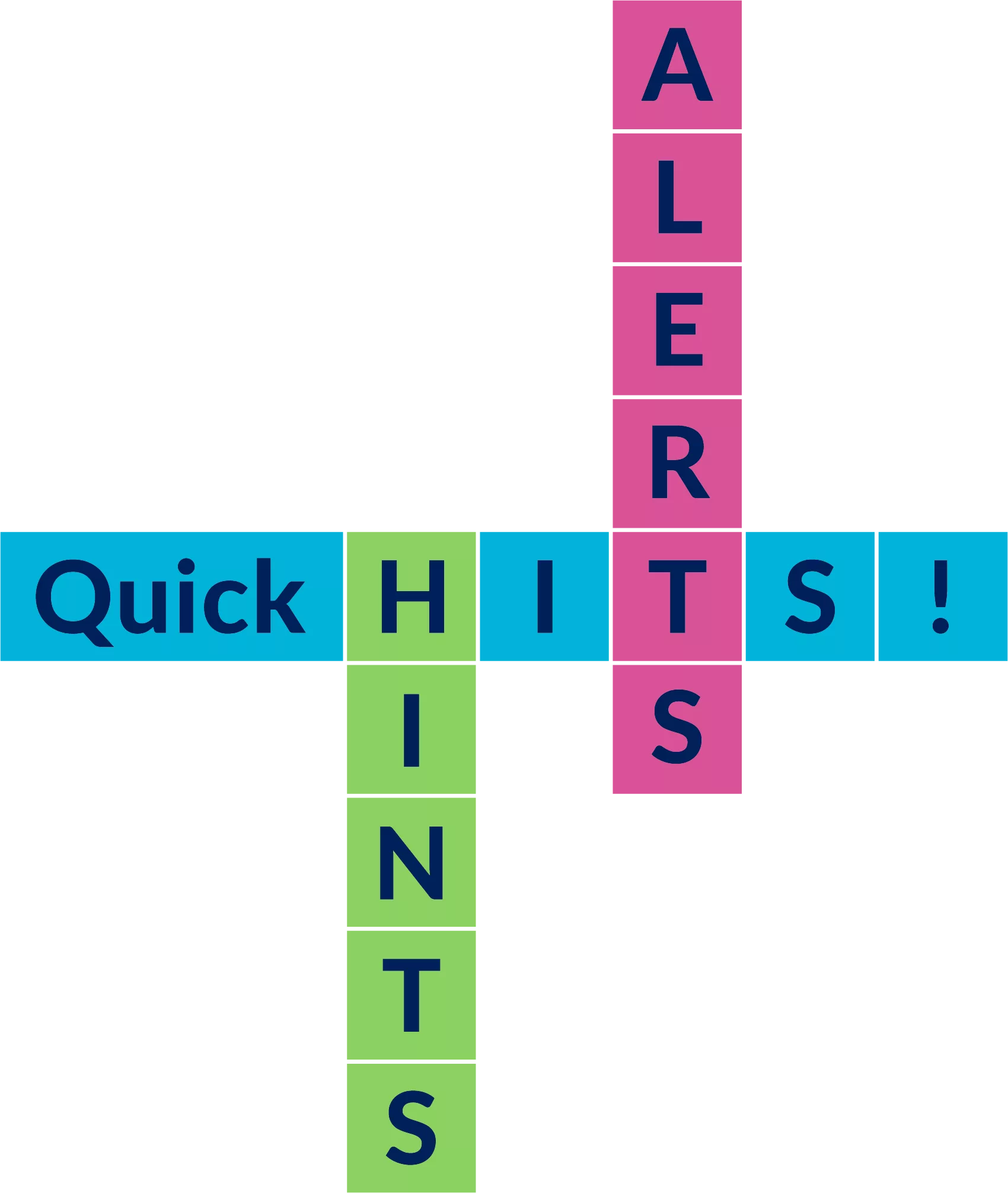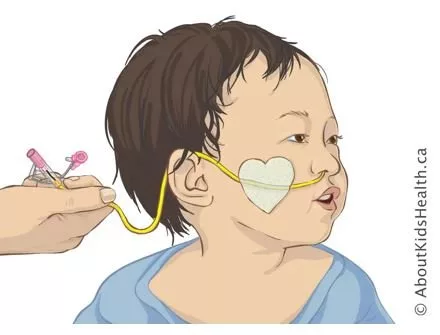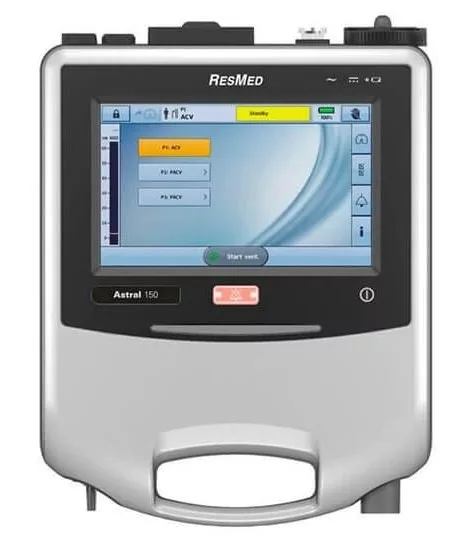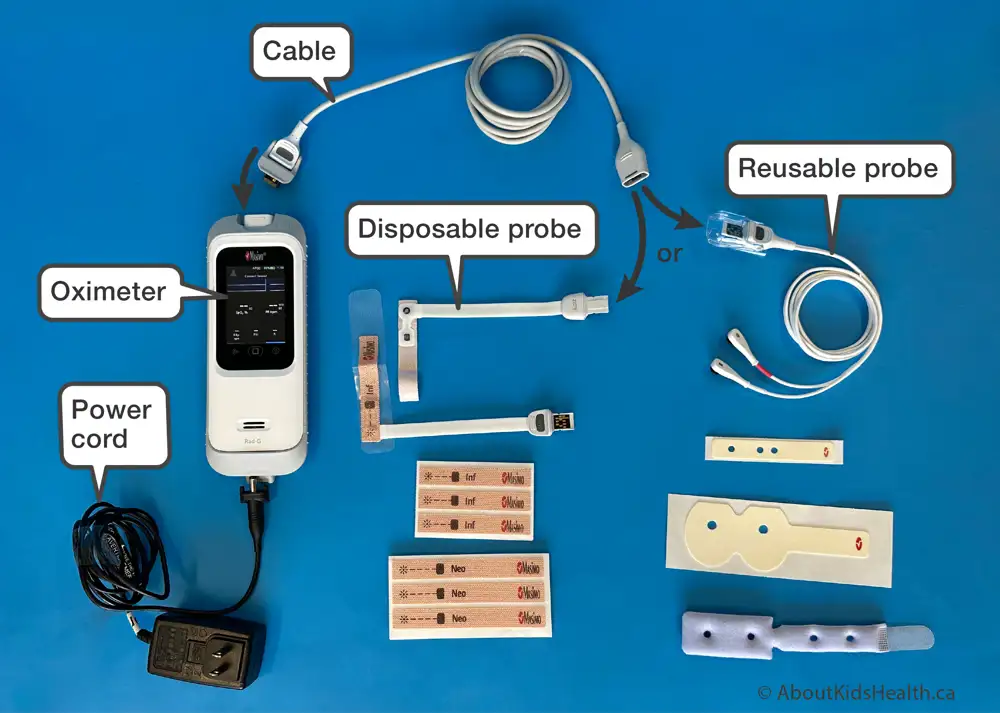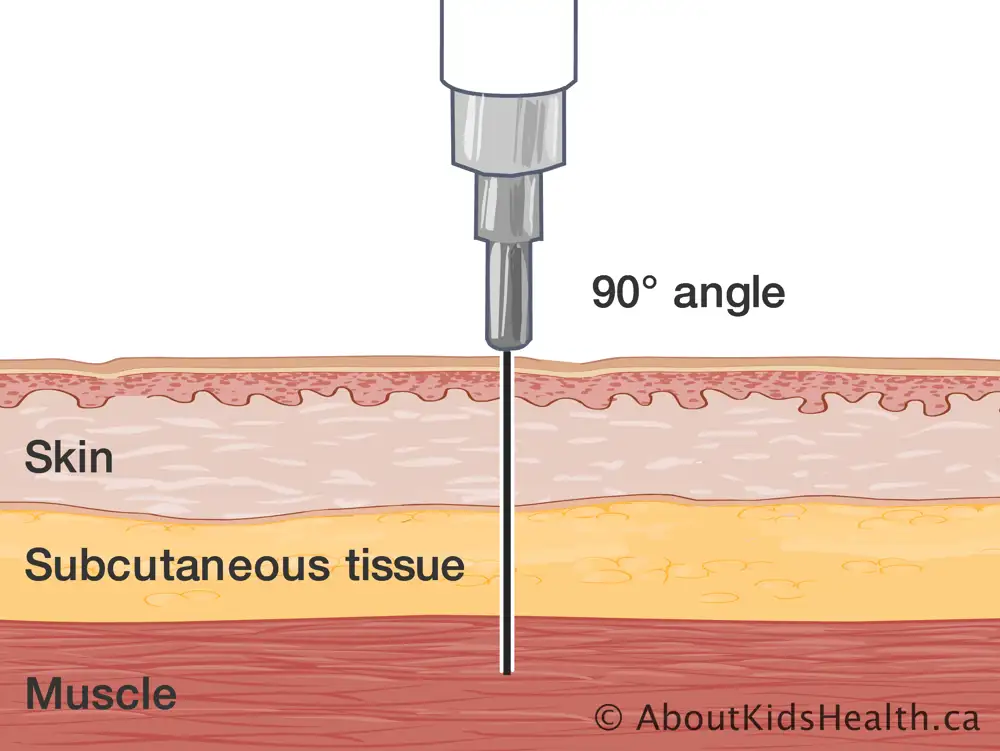SITUATION:
This QuickHit was developed from a need to help children, families and their home care providers prepare for virtual care visits during the COVID-19 pandemic by measuring height and weight when children with medical complexity are followed from hospital to home.
BACKGROUND:
Accurate measurements of height and weight are key elements in evaluating a child’s health status. For children with medical complexity, particularly those who have enteral tubes (e.g. nasogastric and gastrostomy tubes), it is important to have accurate and up-to-date measurements of height and weight for every visit with their health care providers. These anthropometrics are often used to calculate medication dosages or dietary requirements.
ASSESSMENT:
Is the child under 2 years of age?
- For infants and children under 2 years of age, lying length is to be measured, with the help of 2 caregivers. This is a measurement of distance from the top of the head to the soles (heel) of feet when the child is lying down.
- (heel) of feet when the child is lying down.
Is the child 2 years of age or older?
- For children 2 years of age or older who can stand and maintain the correct erect posture against a wall, standing height is to be measured.
Assess readiness for measuring an accurate height and weight by reviewing the following supplies that are needed for the procedure:
- Flat, uncarpeted floor and vertical wall (preferably without baseboards) for standing height OR a flat, hard surface the child can lay on that is directly against an upright wall or headboard for lying length.
- 12-inch straight ruler
- Measuring tape (check where the zero is)
- Pencil
- Post-it note (optional, if you do not want to mark the wall)
- Digital weigh scale
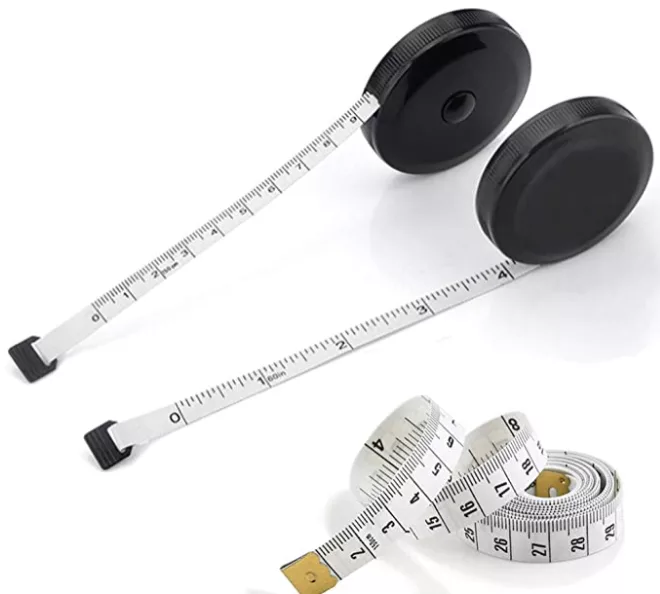
Does the child have special needs?
Review the most accurate method of height measurement with the child’s health care provider if the child is not able to lie or stand straight. In these situations, estimation of length/height may be made using a tape measure. Alternatively, measurement of arm span may be used for children who are above 5 years of age, are able to extend their arms, and can sit with a straight back.
RECOMMENDATION:
Measurement of Lying Length
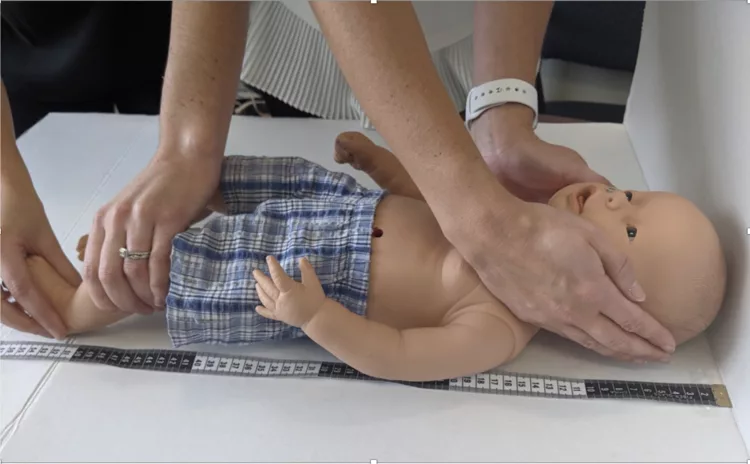
To measure lying length accurately at home, you will:
- Place the infant/child in a supine position (on their back) on a flat, firm surface. The infant may remain diapered but remove any bulky clothing. Ensure that the top of the infant’s head is directly against a flat object (e.g. headboard, wall).
- Two people are required to accurately obtain the measurement; one to hold the infant/child’s head straight and flush to the wall, and one to fully extend the legs and flex the foot.
- Place the measuring tape on the flat surface directly beside the infant/child. It may be helpful to tape the measuring tape to the table.
- Measure the distance from the top of the head to the sole (heel) of the foot.
- Read the lying length to the nearest 0.1 cm.
Note there may be a difference between lying length and standing height measurements of up to 2.5 cm.
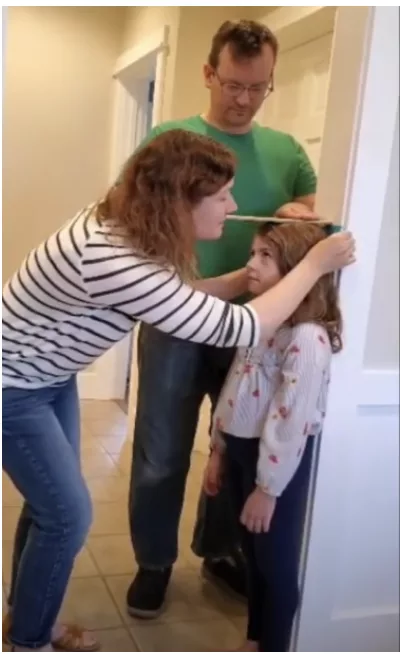
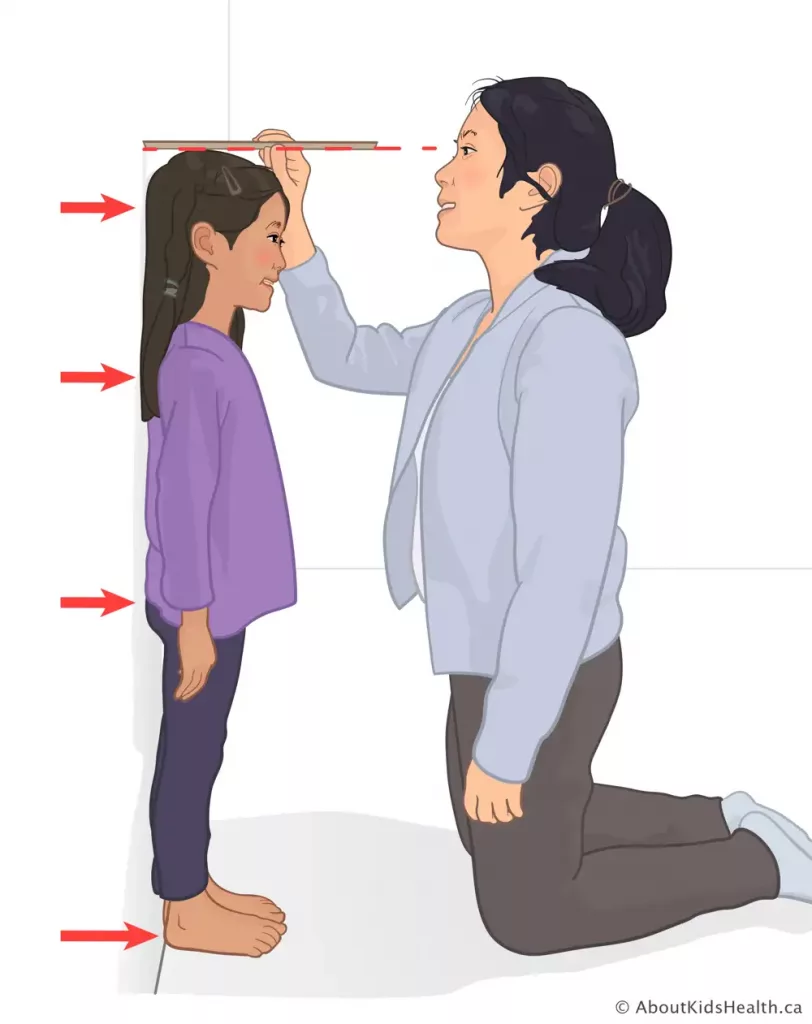
Measurement of Standing Height
To measure standing height accurately at home, you will:
- Stand the child with their feet flat, together, and against the wall. The back of their head, shoulder blades, buttocks, and heels are to be against the wall (depending on the overall body shape of the child, all points may not touch the wall).
- Make sure their legs are straight, arms are at their sides, and their shoulders are level. Ensure the child is standing as still as possible.
- Have the child look straight ahead.
- Place the ruler on top of the child’s head (refer to image below).
- Have your eyes at the same level as the ruler.
- Mark where the bottom of the ruler meets the wall. Use a measuring tape to measure from the base on the floor to the marked measurement on the wall.
- Read the standing height to the nearest 0.1 cm.
Helpful Tips:
- Remove shoes, socks, bulky clothing, hair accessories and ponytails
- Use a post-it note to mark on, instead of the wall
- Repeat all Measurements at least twice to ensure they are accurate
Measurement of Weight
To measure weight accurately at home, you will:
- Use a digital scale. Avoid using bathroom scales that are spring-loaded. Place the scale on firm flooring rather than carpet
- Have the child remove shoes and heavy clothing
- Have the child stand/lie as still as possible in the centre of the scale
- Record the weight to the nearest decimal fraction.
Helpful tips:
- If the child is too young or unable to stand independently on a scale, a caregiver can independently weigh themselves, then re-weigh themselves while holding the child and subtract the wights to identify the difference.
- For example: weight of both caregiver and child – weight of caregiver = weight of child alone
- Be sure to verify if you are measuring in centimetres vs. inches and pounds vs kilos
The recommendations in this QuickHit were informed by SickKids practice resources and guidelines from the Centres for Disease Control and Prevention (CDC).
